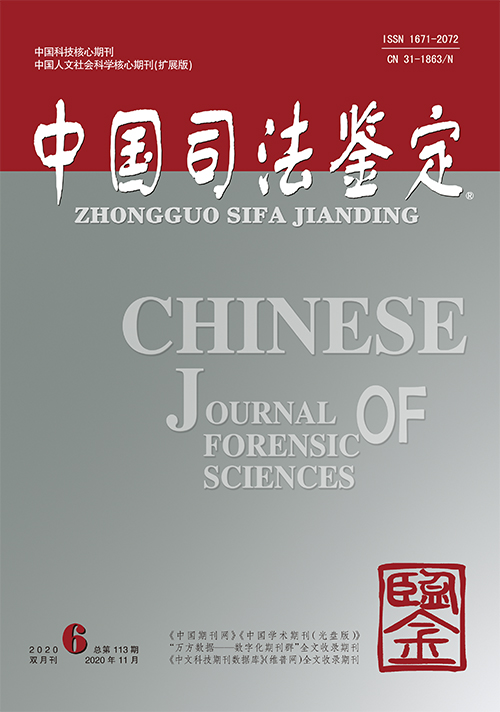Through the past 5 years’ exploring and practicing, the forensic appraisal system reform has achieved significant progress in the system construction, proficiency improvement and quality assurance. Never the less, the inappropriate understanding of forensic appraisal, unbalanced development of the system and unreasonable power allocation still have profound influence on the uniform management of forensic appraisal. In the course of deepening the forensic appraisal system reform, we should reduce such influence and absorb useful practice experiences, then gradually build the forensic appraisal system with Chinese characteristics.

